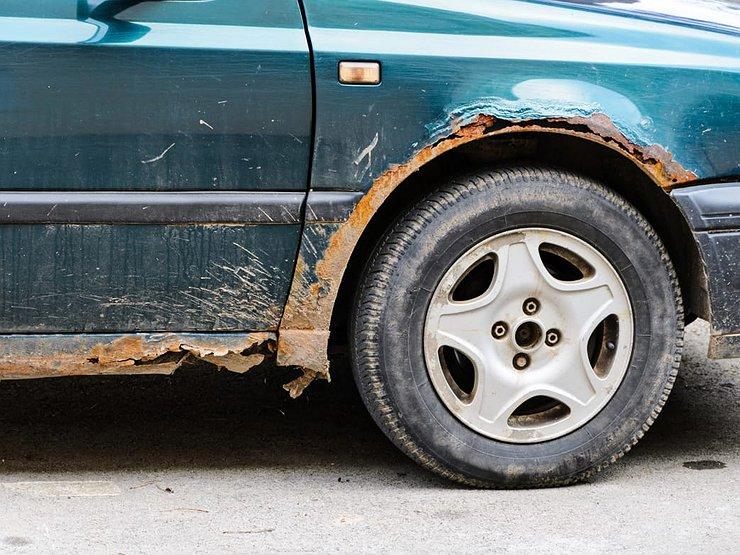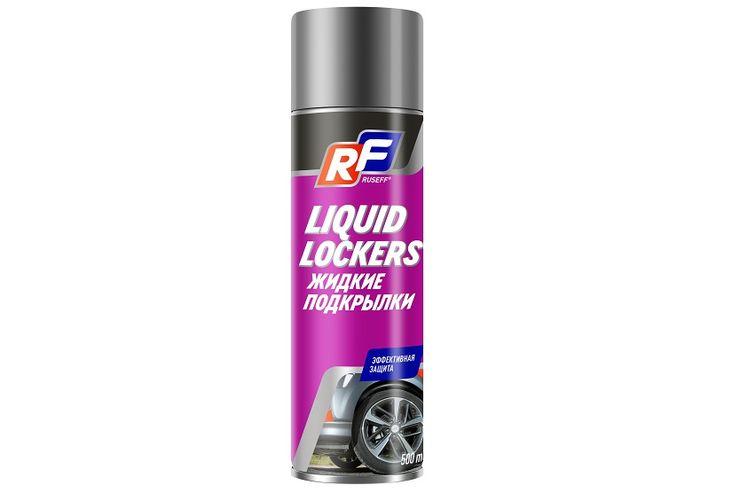
Why before winter it is necessary to carry out anti-corrosion treatment of the car
In winter, roads in cities are abundantly treated with anti-icing reagents. This chemistry aggressively affects the car body, and frequent thaws increase the corrosion of the bottom and its hidden cavities. The AvtoVzglyad portal will tell you how to avoid serious body repairs in the future.
Any "our brand" before without fail did anti-corrosion treatment of the bottom. Moreover, as soon as the owner received the keys to the new car. Now the situation is different. We are constantly told that the manufacturer carries out all the necessary anti-corrosion “procedures” already at the factory, and no others are required. This is true, but they do not save one hundred percent from corrosion.
At many car factories, welds are well treated with protective mastic, but the bottom is left “naked”. They say that cataphoresis treatment of the body is enough. Indeed: this way it rusts more slowly, but all the same, red spots appear after a few years. After all, the bottom regularly suffers from sandblasting, and anti-icing reagents accelerate the appearance of rust. Therefore, anticorrosive after two or three years of operation of the machine will not hurt. Moreover, during this time, the car’s drainage holes may become clogged or water can get into the thresholds.
Before processing, the drainage must be cleaned. Particular attention must be paid to the places between the front fender liner and wheel arches. The dirt accumulated in them, fallen leaves and sand are abundantly wetted with water. As a result, grass may even begin to grow there. What can we say about the development of corrosion.

Pay attention to the thresholds. Due to clogged drains, water can also accumulate in them. And in winter it is also “salty”. And if rust appeared there, then it is noticed when swelling of paint or just a through hole is already visible. So the hidden cavities of the body need to be given close attention. For example, if you do not monitor the state of the frame on popular Russian SUVs, then by spring you will just get a rotting piece of iron.
Finally, look at the condition of the wheel arches. Many manufacturers are now saving on wheel arch liners. They do not close the entire arch, but only part of it. As a result, the metal is "bombarded" by pebbles and sandblasting. So much so that they leave chips that quickly rust after our salty winters. Therefore, before the cold weather, cleaning and treating these places with a protective compound is required.
A separate and rather difficult (especially for inexperienced motorists) question is the choice of a suitable anticorrosive agent for wheel arches. Which is not surprising, because on sale today there are a lot of different products in this category, produced both on a natural and synthetic basis.

According to consumer market experts, "synthetics", which include new generation domestic drugs, have noticeably increased in quality in recent years.
A good example is a new aerosol composition called Liquid Fenders, developed by the Russian company Ruseff, based on synthetic rubber and designed to protect wheel arches and spars. When applied to the body, the aerosol forms a dense and at the same time elastic layer on its surface, which reliably protects the coating from gravel, small stones and sandblasting.
As shown by road tests, such an anticorrosive agent is highly resistant to moisture, saline solutions, acids, oils and alkalis. The composition has excellent adhesion, does not delaminate during long-term operation and does not lose elasticity at low temperatures. An important point: the aerosol can is equipped with a special sprayer that ensures uniform application of anticorrosive to the body.

